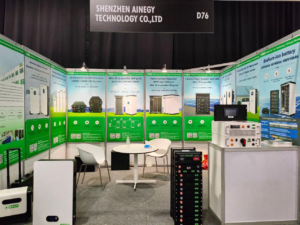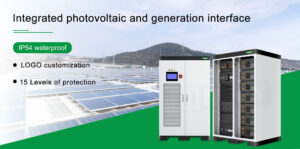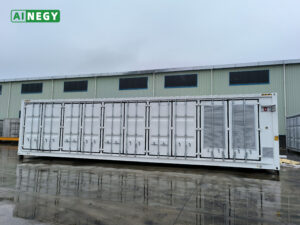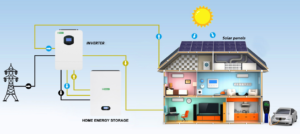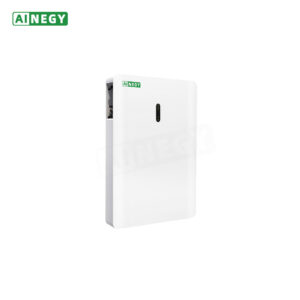Microgrids, or distributed energy island systems, systematically combine generators, loads, energy storage devices and controls to form a single controllable unit, while supplying users with electricity and heat. Most of the power supplies in the microgrid are micropower, that is, small units (less than 100kW) containing power electronic interfaces, including micro-gas turbines, fuel cells, photovoltaic cells and Energy storage devices such as supercapacitors, flywheels, and batteries. The microgrid is connected to the user side and has the characteristics of low cost, low voltage and low pollution. Microgrids can operate either interconnected with large grids or disconnected from the main grid in the event of grid failure or need.
Microgrids have a dual role. For the power grid, as an intelligent load that can change size, the microgrid provides a dispatchable load for the local power system, which can respond within seconds to meet the needs of the system and provide strong support to the large power grid in a timely manner. It is possible to repair the system without affecting the customer’s load; It can alleviate (extend) the replacement of the distribution network, adopt the IEEE1547.4 standard, guide the operation of distributed power islands, and eliminate the technical obstacles caused by certain special operational requirements. For users, microgrids are a customizable power source that can meet the diverse needs of users, such as enhancing local power supply reliability, reducing feed losses, supporting local voltages, improving efficiency by utilizing waste heat, providing correction of voltage sag, or serving as an uninterruptible power supply.
Microgrids have several benefits:
1. Provide efficient, low-cost and clean energy
2. Improve the operability and stability of the regional power grid
3. Increased critical infrastructure reliability and resilience
4. Reduce grid congestion and peak load
5. Achieve efficient cogeneration to reduce fuel consumption, line loss and carbon footprint
6. Integration of cogeneration, renewable energy, heat and power storage, advanced systems and building control
7. Make the RTO market more competitive Provide grid services, including: energy, capacity, and ancillary services
Support shelters and first responders in regional crises
8. Make use of local energy resources and employment opportunities
9. Diversified risk rather than concentration risk
Using electricity and heat storage capacity, microgrids can provide local management of variable renewable energy generation, especially on-site solar
If properly designed, regional grids can be built that combine large central plants and distributed microgrids with lower total capital costs, less installed power generation, higher capacity factors across all assets, and higher reliability.


